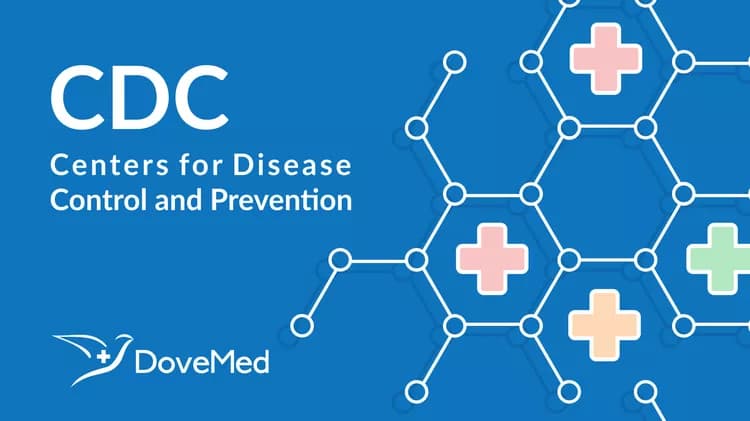
U.S. Adult Smoking Rates Remain Stalled
U.S. Adult Smoking Rates Remain Stalled
Despite progress in some areas, smoking rates among U.S. adults remained stalled in 2008, halting the nation’s progress in ending the tobacco epidemic, according to a CDC study.
The study, released in advance of the annual Great American Smokeout, found that 46 million Americans (20.6 percent) were current cigarette smokers in 2008, which is virtually unchanged since 2004 when 20.9 percent of adults reported being smokers. The study’s findings indicate an alarming trend, because smoking is the leading preventable cause of death, killing more than 443,000 people every year and costing the nation $96 billion in health care costs annually.
This new data, based on the 2008 National Health Interview Survey, shows little to no change over the past five years and hints that smoking rates may be moving in the wrong direction.
“Today tobacco will kill more than 1,000 people, but we can reduce smoking rates,” said CDC Director Thomas R. Frieden, M.D., M.P.H. “We must protect people from second-hand smoke, increase the price of tobacco, and support aggressive anti-tobacco campaigns that will reduce smoking and save lives. If every State had smoking rates similar to places which have implemented effective programs, there would be at least 10 million fewer smokers in the US, and millions of heart attacks, cancers, strokes, and deaths would be prevented.”
According to the study, the people hardest hit by the tobacco epidemic are those among vulnerable populations, including people with lower levels of educational attainment. In 2008, 41.3 percent of persons with a General Education Development certificate smoked cigarettes, compared to 5.7 percent of persons with a graduate degree.
In another study in this week’s CDC Morbidity and Mortality Weekly Report, the 2008 Behavioral Risk Factor Surveillance System reports that current adult smoking prevalence varied substantially across 50 states, the District of Columbia, and the three U.S. territories. Among states, smoking prevalence was highest in West Virginia (26.6 percent), Indiana (26.1 percent), and Kentucky (25.3 percent) and lowest in Utah (9.2 percent), California (14 percent), and New Jersey (14.8 percent).
In the same study, CDC also reported significant variation among 11 states in the proportion of adults protected by smoke-free workplace policies and the proportion of adults who protect themselves and their families from secondhand smoke in their homes.
Among the 11 states which asked questions about exposure to second-hand smoke, there was a large variation in indoor workplace exposure – from a high of 16 percent in Mississippi to a low of 6 percent in Connecticut and Tennessee. Second-hand smoke is known to cause cancer, heart disease, and many other health problems, and smoke-free laws have many benefits, including protecting non-smokers, reducing heart attacks in non-smokers, and encouraging smokers to quit. Past experience shows that smoke-free laws covering public places encourage people to adopt smoke-free policies in their homes. In these states, home exposure varied widely from 3 percent of adults exposed in their homes in Arizona to 10.1 percent and 10.6 percent, respectively, in Mississippi and West Virginia. This finding correlates with household policies about not allowing smoking in households with a smoker present – for example, two thirds of smokers in Arizona live in households where smoking is not allowed in the home, compared to 41 percent and 36 percent in Mississippi and West Virginia. Nationwide, 21 states and D.C. have implemented comprehensive smoke-free laws covering workplaces, restaurants, and bars, but more than half of the country still lives in areas where they are not protected by comprehensive smoke-free laws.
“Despite states having received more than $200 billion in tobacco-generated funds over the past 10 years, many Americans—particularly those with low educational attainment levels, and those who work in the hospitality, service, and other industries are exposed to smoke in their workplaces, and they do not have equal access to the support needed to help them quit,” said Matthew McKenna, M.D., M.P.H., director, CDC’s Office on Smoking and Health. “We need to make the investments so all people receive the same protections and adequate information to help them quit successfully.”
In an MMWR report last week, CDC noted that smoking rates among low-income adults enrolled in Medicaid programs are much higher than the general population (33 percent vs. 19 percent), and that only 6 Medicaid programs provided full access to all proven means to help smokers quit. Because access to tobacco cessation treatments (FDA-approved medications and counseling) has been shown to help smokers quit, providing coverage to all smokers, including the Medicaid population, would help reduce smoking rates.
The American Cancer Society’s annual Great American Smokeout, slated for Nov. 19, 2009, encourages smokers to quit smoking. People who smoke can call 1-800-QUIT-NOW (1-800-784-8669) or visit www.smokefree.gov for quitting assistance. For more information on CDC’s tobacco control programs, visit www.cdc.gov/tobacco.
###
U.S. DEPARTMENT OF HEALTH AND HUMAN SERVICES
Related Articles
Test Your Knowledge
Asked by users
Related Centers
Related Specialties
Related Physicians
Related Procedures
Related Resources
Join DoveHubs
and connect with fellow professionals

0 Comments
Please log in to post a comment.